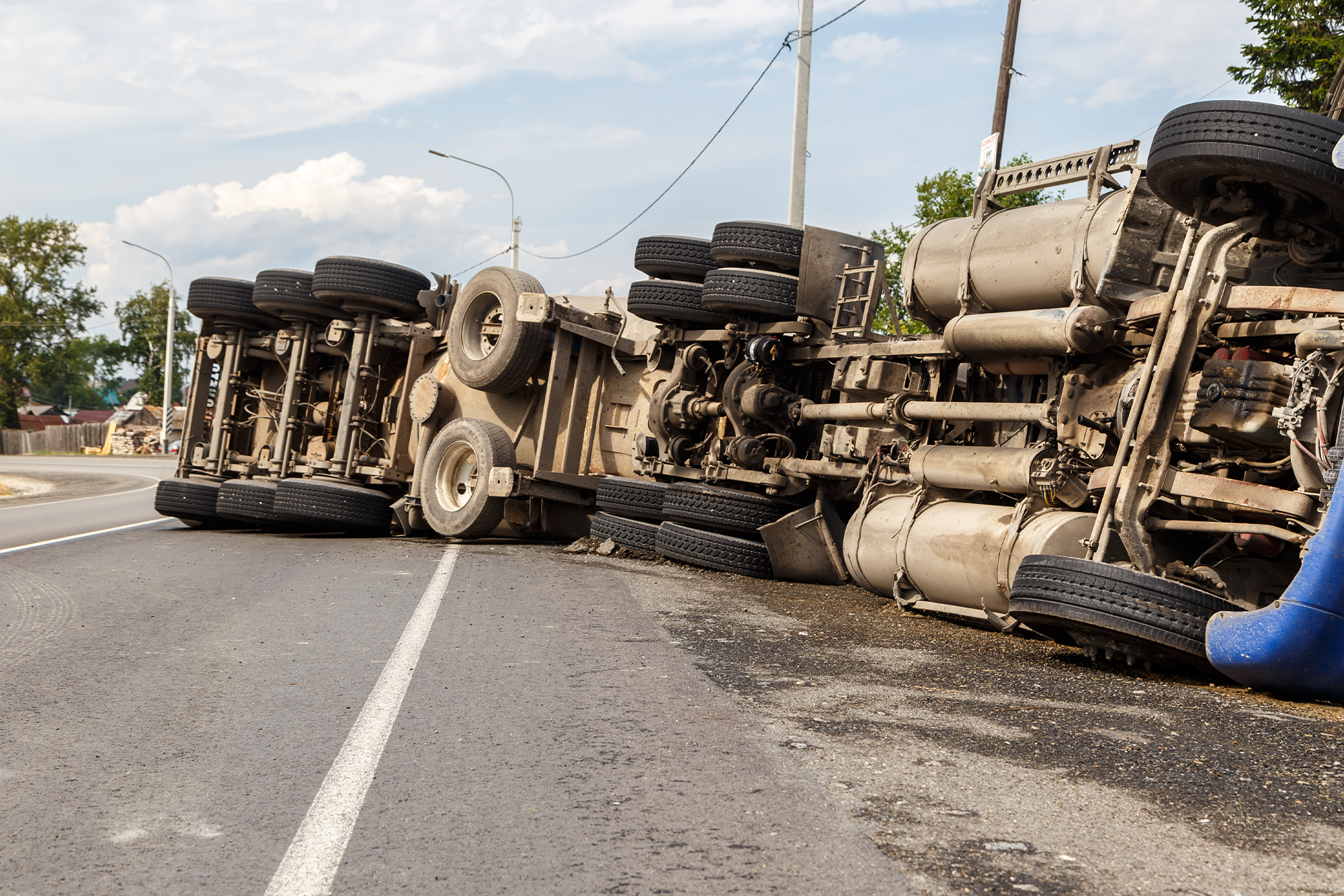Secondary perils, such as severe convective storms, floods, wildfires and hailstorms, have significantly impacted the commercial property market. In fact, according to industry data, they have consistently accounted for over 50% of insured natural disaster losses in recent years.
What Are Secondary Perils?
Secondary perils are generally small to mid-sized loss events or secondary effects that follow a primary catastrophe such as an earthquake or a hurricane. According to credit rating agency AM Best, secondary perils account for a larger share of losses from catastrophes compared to primary perils, and it is now the norm that at least one secondary peril event creates losses greater than $10 billion each year.
This is a shift from historical patterns where primary perils represented the highest loss potential. Factors including climate change and population growth in coastal areas and other areas susceptible to catastrophes have led to this shift in the risk landscape.
Evolving Risk Modeling
The insurance industry has tried to address the challenges presented by secondary perils. For example, more sophisticated modeling tools are being developed to better understand and manage the risks. However, modeling capabilities are still limited compared to models for primary perils. Additionally, AM Best notes that it will be vital for secondary peril models to be continually recalibrated due to the quickly changing risk landscape.
Pricing challenges and Capacity Constraints
Pricing challenges arise as secondary peril weather events become more common and severe. Since the technology used to model secondary perils is not as mature as those for primary perils, there is more uncertainty in underwriting them. This can lead to volatility in insurance pricing, making it harder for businesses to account for costs.
Capacity constraints also pose a significant challenge in the property insurance sector, particularly as it relates to secondary perils. These constraints can also lead to market volatility. They may result in insurers limiting coverage or pulling back from high-loss areas, leaving insureds to bear a larger portion of the risk.
Coverage Gaps
Coverage gaps for secondary perils are primarily due to underinsurance and limited availability of coverage. Additionally, property insurance policies may not cover losses caused by floods, leaving businesses to pay out of pocket for resulting expenses. Businesses should engage with insurance brokers and carriers to understand their coverage options and ensure they have adequate protection.
Risk Mitigation
Comprehensive risk assessment is challenging due to a lack of understanding and modeling capabilities. However, to mitigate the risks, businesses can adopt several risk management strategies. One such approach is business continuity planning, which involves identifying potential risks and creating procedures to minimize their impact. Additionally, investing in risk mitigation measures, such as infrastructure improvements or changes in operational practices, can reduce a business’s vulnerability to secondary perils.
While secondary perils present significant challenges, businesses can take proactive steps to understand these risks, ensure adequate insurance coverage and implement strategies to mitigate their impact.
For more Commercial Property Insurance information, contact INSURICA today.
This is not intended to be exhaustive nor should any discussion or opinions be construed as legal advice. Readers should contact legal counsel or an insurance professional for appropriate advice. ©2023 Zywave, Inc. All rights reserved
About the Author
Share This Story
Related Blogs
2026 Open Enrollment Checklist
To prepare for open enrollment, employers that sponsor health plans should be aware of compliance changes affecting the design and administration of their plans for plan years beginning on or after Jan. 1, 2026. These changes include limits adjusted for inflation each year, such as the Affordable Care Act’s (ACA) affordability percentage and cost-sharing limits for high deductible health plans (HDHPs). Employers should review their health plan’s design to confirm that it has been updated, as necessary, for these changes.
Hot Dog Incident on Highway Emphasizes the Risks of Cargo Spills
In August 2025, a tractor-trailer owned by a third-party freight carrier was transporting thousands of pounds of frozen hot dogs when it overturned and struck another vehicle on Interstate 83 while traveling through York County, Pennsylvania, resulting in the meat products spilling across the highway. According to local authorities, the incident occurred on a weekday morning during rush-hour traffic as the tractor-trailer was nearing an exit ramp. In this moment, the driver of the truck reportedly lost control due to an undisclosed mechanical problem, causing it to tip over, hit a nearby passenger vehicle and tear open the boxes of tightly packed hot dogs in the process.
Fire and Security Safety for School Holiday Events
Fire and security safety for school holiday events should be a top priority as schools prepare for winter concerts, class parties, and seasonal performances. While these events foster community and joy, they also bring increased fire and security risks due to decorations, after-hours gatherings, and higher foot traffic







